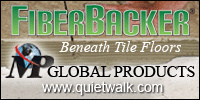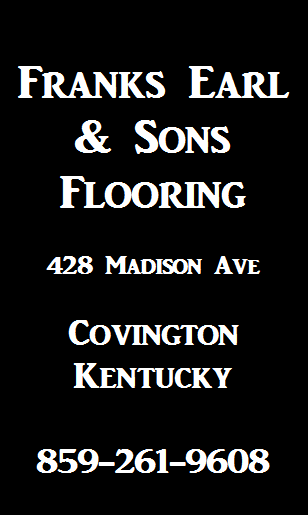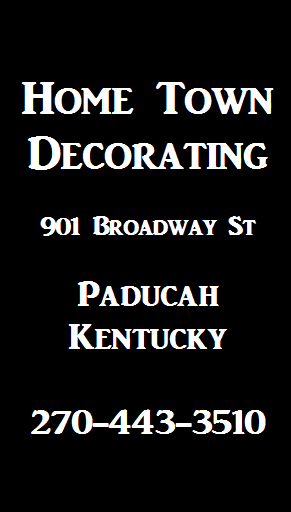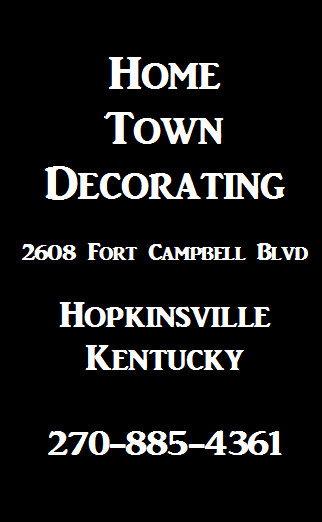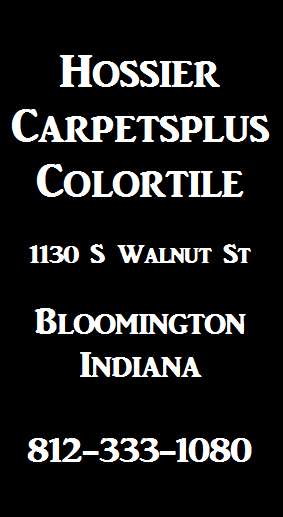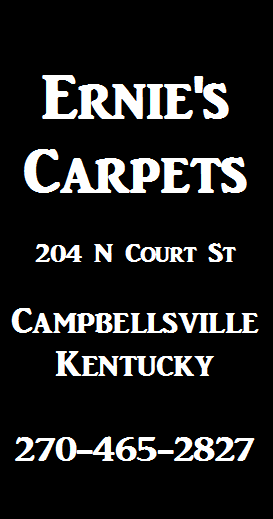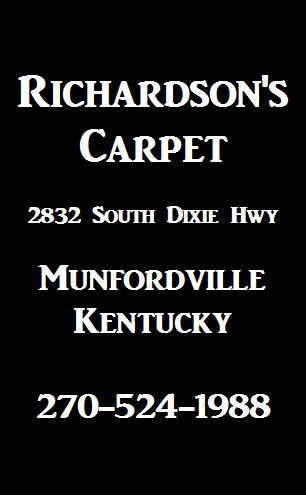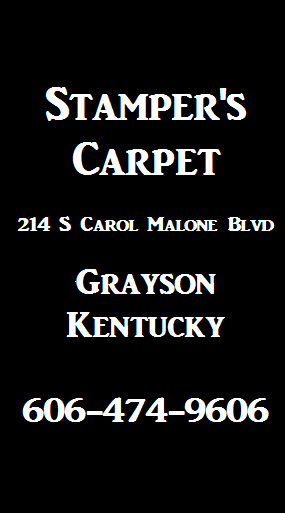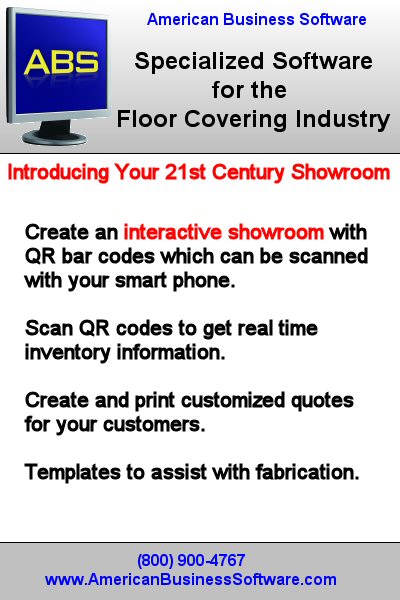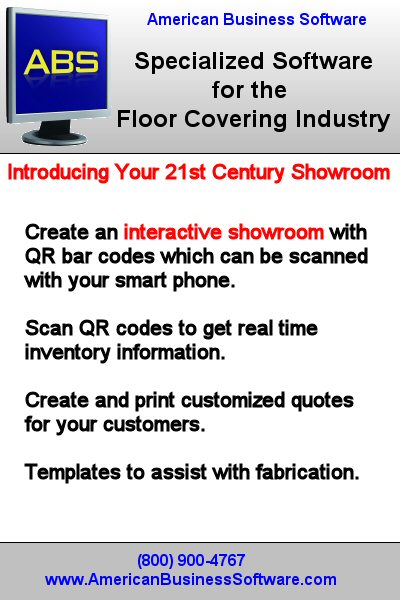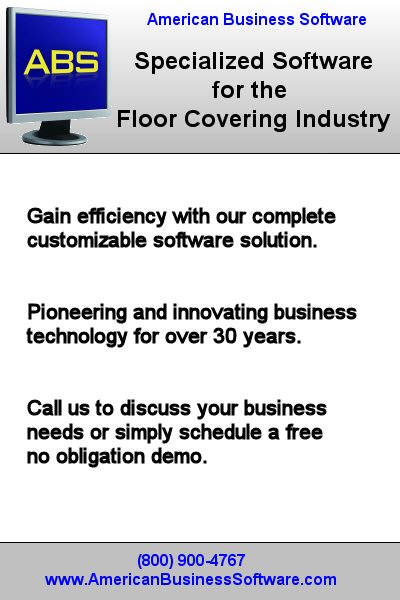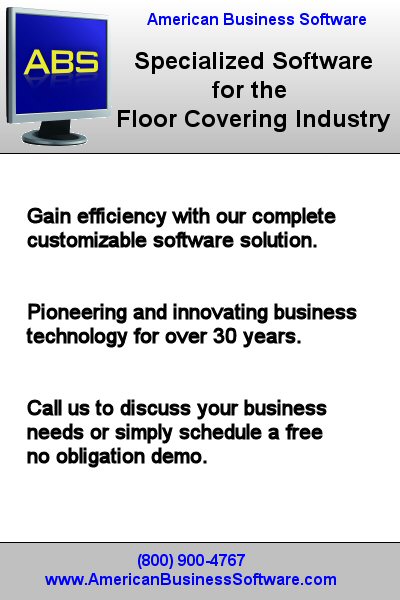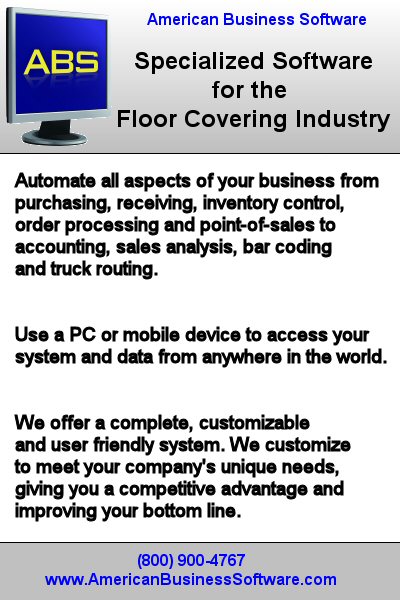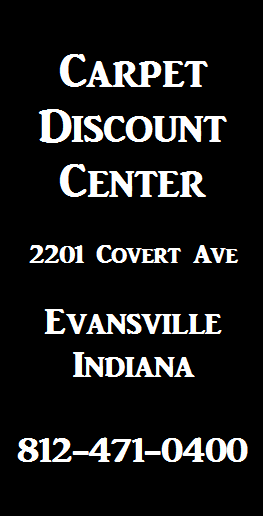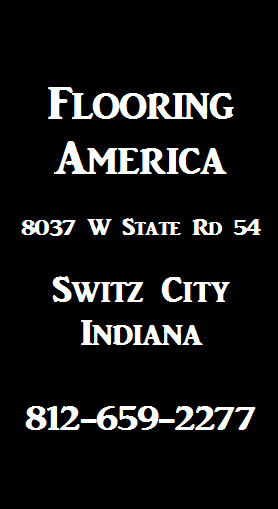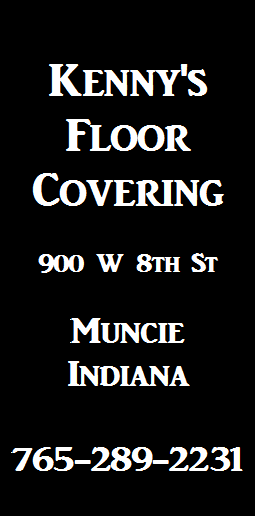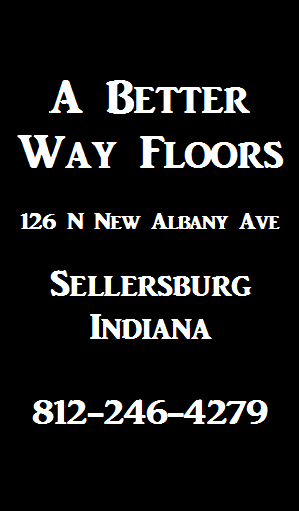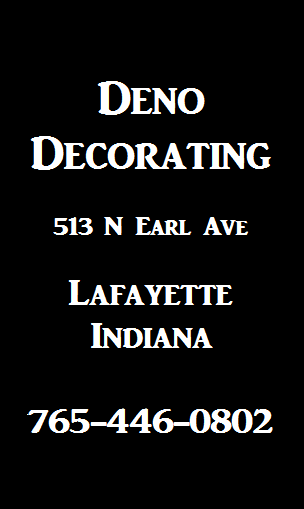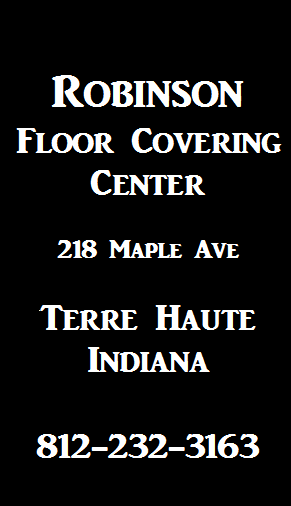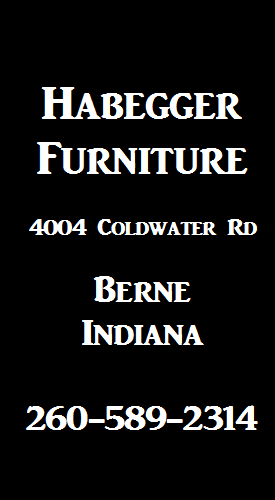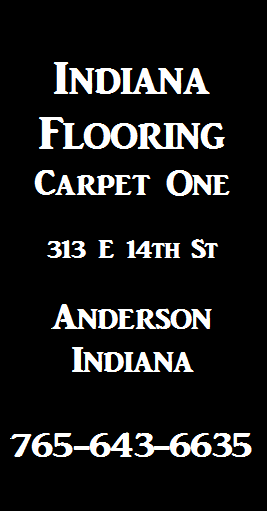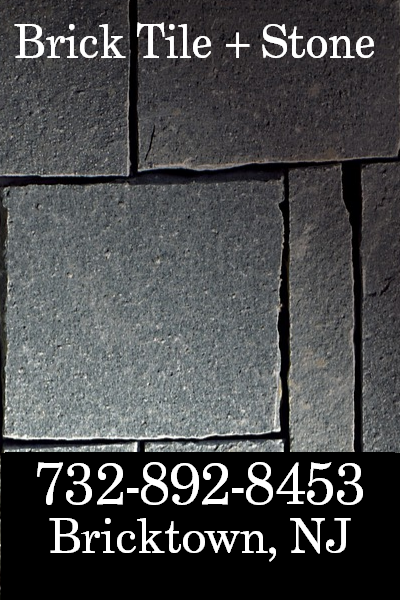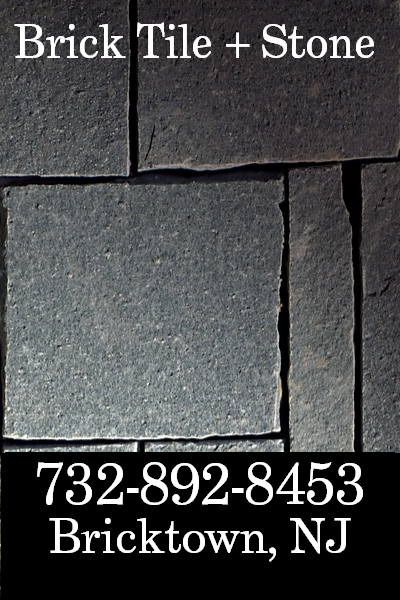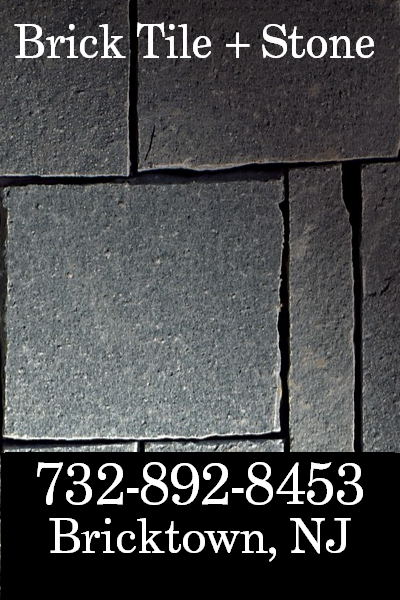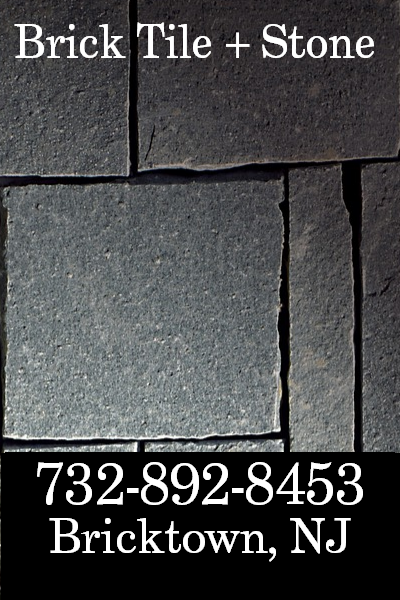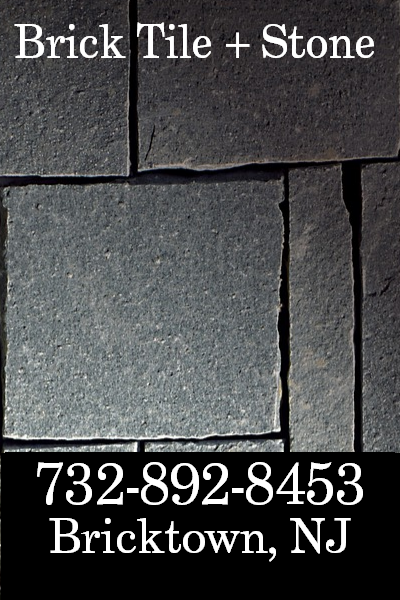
Results are in: According to market-research firm Mintel’s 2016 report on residential flooring, hardwood flooring appears to be America’s hard-surface flooring of choice, which has outsold vinyl, porcelain tile and other flooring.
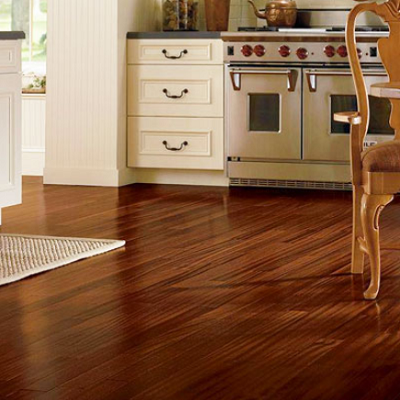
Hardwood flooring is not recommended for every room such as kitchens, where spills literally leave a lasting impression. Hardwood flooring in laudry rooms are vulnerable to a splash of bleach likely to blemish the finish of this surface material. Each room has factors to be considered. For example, steamy bathrooms and high-traffic family rooms present their own unique challenges. What this means is that a surface material ideal for one space introduces complications for another.
Homeowners had to choose between form and function. Not anymore: Advances in printing technology allow surface suppliers to produce vinyl flooring with patterns resembling several surface coverings ranging from reclaimed barnwood and porcelain tile passing for Calacatta marble. Unlike yesterday's selection of faux flooring, today’s technologically enhanced, surface coverings eliminate pattern repetition while incorporating texture for convincing realism.

Consumer reports recently conducted a study of key areas in a typical home and chose the top two flooring materials believed to meet challenges in each. The suggestions provided are likely to leave most homeowners with flooring that retains its original luster for many years, remaining resilient to foot traffic, sunlight, moisture and bleach.
-Kitchen & Mudroom-
The Challenge
Grit-covered shoes grind in dirt, raincoats drip, chairs drag back and forth, and heavy cans crash from the countertop to the floor. Simply put, the kitchen and mudroom require the hardest-working flooring in your home.
Though wood remains a widely used aesthetic choice, it won’t stand up well to that assault: Our tests show that, in general, wood floors are far more prone to denting than other materials, and with very few exceptions, foot traffic is tough on the finish.
Top Choice: Porcelain Tile
A natural fit for high-traffic areas of the home, porcelain tile outperformed every other flooring material we tested for resistance to scratching and denting, says Joan Muratore, CR’s lead test engineer for flooring. Plus, porcelain tile comes in a range of styles to fit any décor. You can get small-format hex tiles for a traditional early-20th-century house, for example, or 4-foot faux reclaimed-ash planks that, when laid tightly together with a matching grout, will convincingly create the look of wood. Tile is also low-maintenance, never requiring more than a vacuuming and mopping, and it’ll last a lifetime, says design-and-build contractor Rob Wennersten of Woodcliff Lake, N.J.
Runner-Up: Vinyl
Sheet vinyl floors became popular with homeowners in the 1950s (sometimes with layer upon layer put down as tastes changed) for several good reasons. First, it’s an affordable way to cover an expansive space. Of the products we tested, vinyl planks and tiles came in, on average, at $3.41 per square foot, almost $1.50 cheaper per square foot than porcelain tile. These vinyl materials are also one of the easiest types of flooring to install yourself.
“Customers constantly mistake the luxury vinyl planks on my showroom floor for real wood,” says Joan Slaughterbeck, owner of Slaughterbeck Floors in Campbell, Calif., who recently installed luxury vinyl planks throughout an entire house in tony Palo Alto.
Today’s vinyl is also more durable than it was in the past, but it’s still the material most prone to scratching in our tests. Keep fresh felt bumpers on the feet of kitchen stools, and buy an extra bundle of planks now to ensure that you have a perfect match down the road. If any planks get damaged, you can remove them and install replacements as needed.
-Bathroom & Laundry Room-
The Challenge
These floors don’t face the stress of foot traffic or the constant sunlight that can fade solid and engineered wood. Rather, the flooring threats in these rooms come in liquid form. Bathers splash, showerers drip, and toilets overflow. Sometimes so do we: “Let’s just say a lot of guys think their aim is better than it really is,” says design-and-build contractor Mark Mackmiller of Eden Prairie, Minn. Urine can stain and even etch into some natural stone flooring, particularly marble, and bleach can affect the finish of some flooring (particularly wood and laminate, in our tests).
Top Choice: Porcelain Tile
Even purists who refuse anything but real wood should seriously consider porcelain tile for their bathrooms and laundry room. After all, tile is a traditional choice in these rooms because it holds up well in wet places, says architect John Cole of Fryeburg, Maine. Porcelain also allows for design-forward, barrier-free showers, where the bathroom floor extends straight into the shower without any lip.
To avoid slippery-when-wet floors, choose a more textured product rather than one with a highly polished surface. And for a bathroom floor that’s warm and welcoming in the morning, you can install an electric heating element under the tiles connected to a timer control. This move adds between $1,000 and $2,000 to installation costs.
Runner-Up: Vinyl
Once again, for a less expensive (though less durable) alternative to porcelain tile, turn to vinyl, which will cost roughly 30 percent less than tile, based on the materials we tested.
All of the vinyl tiles and planks we tested received an Excellent rating in our test for resistance to moisture. Luxury vinyl tiles, which tend to imitate stone, and luxury vinyl planks, which mimic wood, will deliver the most realistic looks. They can even be laid in the pattern of your choice, just like the real thing.
-Dining, Living & Family Rooms-
The Challenge
Though it’s true that furniture feet, pet claws, stiletto heels, and kids’ toys with wheels can damage a wood floor, any other material can feel substandard in these cozy common areas. “There’s a reason real estate ads mention wood floors,” Slaughterbeck says. “Hardwood also adds value to your home.”
Top Choice: Solid Wood
By this we mean prefinished wood flooring such as the 13 products we tested (11 of which scored Very Good or Good overall), as well as unfinished wood flooring, which gets sanded and finished on site. (CR does not test unfinished floors because much of what we analyze is related to the finish.)
There are plenty of reasons to opt for prefinished planks. You won’t have dust from sanding or fumes from finishing to contend with during installation; depending on how it’s installed, you might be able to walk on the floors right away; and prefinished flooring also tends to be less expensive. Perhaps most important, the factory-applied finishes are significantly tougher-wearing than what your contractor would be likely to apply once the floor is installed.
Runner-Up: Engineered Wood
Though it mimics the look of solid wood, engineered wood flooring has just a thin veneer of finished wood, such as oak or maple, attached to a plywoodlike substrate. Engineered wood provides several significant advantages over solid wood. The varieties we tested cost $4.32 per square foot, on average; prefinished solid wood averages $5.85 per square foot. And with an engineered product, you can affordably get an exotic wood species, such as Brazilian walnut or tigerwood, both of which tend to be more scratch- and dent-resistant than oak or maple.
Engineered wood floors are also less susceptible to seasonal shrinking and swelling because the layers in the plywood backing are arranged with their grain in alternating directions. Some can even be installed directly over a concrete subfloor, which isn’t always possible with solid wood. In fact, engineered flooring is often low-profile enough to install over an existing floor—representing a huge potential savings. Still, this choice lacks the longevity of solid wood, particularly for the (very) long haul. In certain household environments, a wood floor might need refinishing every decade or two. Most engineered products can be refinished only one to three times (depending on the thickness of the top “wear” layer), vs. solid wood, which can be refinished four or five times. Of 14 engineered wood products tested, one was recommended.
-Enclosed Porch or Sunroom-
The Challenge
Depending on how exposed your porch is, this floor might contend with intense sunlight, rain blowing in through screens, a concrete subfloor (which limits your options because you can’t nail planks directly to it), recreational-equipment storage, and even freeze-thaw cycles if it’s installed in a three-season room.
Top Choice: Porcelain Tile
This durable material will stand up to most of the abuse it gets in these rooms. In addition to faux wood and stone, porcelain tiles can be designed to look like handmade ceramic tiles, a welcoming choice for these casual hangouts. If your porch isn’t fully heated and protected from the elements, make sure to choose a tile that’s rated for outdoor use in your climate.
Runner-Up: Engineered Wood
If you’d rather pass on cold-to-the-touch tile—and your porch is weatherproofed and heated—engineered wood offers a warm, this-room-is-not-an-afterthought look. Engineered wood flooring can also usually be installed over a concrete subfloor. But for a porch that’s exposed to weather, you’d do better with an exterior decking product, such as a tropical hardwood, composite, cedar, or pressure-treated pine.
-Basement-
The Challenge
It doesn’t matter whether you’re refinishing this subterranean space as a rec room, a playroom, an in-law suite, a wine cellar, or a man cave: The biggest threat to a basement floor isn’t from above; it’s from below. A concrete floor—especially one that’s below grade—might be damp constantly. And if the area floods, any porous material can absorb the water, expand, and buckle, Mackmiller says.
First things first: Make sure to choose a flooring that is rated for installation over below-grade concrete. And, Mackmiller adds, read the manufacturer’s instructions carefully. In a basement, the surface needs to be installed as a “floating floor,” that is, one that attaches only to itself and not to the subfloor below. This way the entire surface can shift as moisture and temperature levels change, without pieces of the flooring buckling or coming loose.
Top Choice: Vinyl
“The vast majority of the flooring we tested scored Excellent in our two 24-hour moisture tests,” says CR’s Muratore, referring to a process that includes recreating the conditions of a flood. But basements can be subject to persistent moisture, ranging from dampness wicking through the subfloor to pooling from storms or plumbing failures.
-Flooring Buying Guide and Ratings-
Find your new flooring.
Ratings of dozens of models.
Vinyl and porcelain, which contain no wood fibers, can stand up to the worst of these conditions. Basement tile tends to feel uncomfortably cold underfoot, and heating it with an electric floor-warming system is extremely inefficient (not to mention expensive), given the cold ground underneath. So vinyl is the clear winner when it comes to basements. It also offers a wide range of formal and informal looks to fit whatever vibe you’re creating.
Runner-Up: Laminate
Dense fiberboard topped with an image sealed under clear plastic, laminate is another affordable choice. (Of the flooring we tested, it’s the least expensive, costing 50 cents less per square foot than vinyl, on average. Our top-rated vinyl model, Congoleum's DuraCeramic Sierra Slate, comes in at $5 per square foot.) It’s also easy to install yourself. Use it in basements that have no leaks or persistent moisture on the walls and floor. For the most convincing look of real wood, choose a product with wide planks that simulate individual floorboards. Placing the flooring over sound-dampening foam underlayment will lessen the hollow sound it can make underfoot.
Floor Covering Media publishes
press releases called Flooring Updates.


Floor Covering Media is
a social media network.

Retrieve timely, objective news and
information at https://www.floorsearch.info.



Why Advertise Here?
Exclusivity!
Attention! Flooring Advertisers and those who have been chosen to represent them! When on the lookout for valued venues visited by flooring buyers and suppliers, consider this effective, refreshingly affordable, alternative. During the months ahead, consider Floor Covering Media for the short list of potential candidates that deliver your message (or your client's message) to it intended target audience.
Measurability!
Test drive the Floor Covering Media advertising managment system; effortlessly tracking advertising response rates of multiple sets of supplied, advetising material; positioned at specified locations either for the duration of the placement or for specified time periods of the placement duration on demand. The advertising tracking system is conveniently reached. Look for the 'My Ad Responses' Profile Page Tab.
Simplicity!
Media planners tasked to located flooring focused, promotional resources are provided with a unique solution, which assures them that their promotional messages get the attention they deserve, as they are viewed by those exploring the market for flooring. Let your message align buyers and suppliers at the point of purchase. Buyers and suppliers could be accommodated on demand at Floor Covering Media.




Advertisements are placed in designated areas throughout the Floor Covering Media Website. Advertisements are empowered with special functionality, which enable would-be-buyers to reach the advertiser profile page, which is the landing area for prospective buyers exploring our market. The profile page is a hub for linking functionality and response tracking of promotional messages:
- Linking Functionality serves to empower browsers of would be buyers, whose curiosity is piqued by the creative, compelling promotional message in Advertiser’s Advertisement, to be transported from that Advertiser’s Advertisement to that Advertiser’s Profile Page.
- Click-Through Functionality serves to empower browsers of would be buyers, whose curiosity is sustained when visiting the Advertiser’s Profile Page, to click through from the Advertiser’s Profile Page to both their Internal Documents and their External Websites; once the Advertiser placing the Advertisement properly sets up Profile Page to enable links, which ultimately empower the would be buyers to satisfy their sustained curiosity.
- Response Tracking Functionality serves to empower browsers of member advertisers seeking to measure impact of their advertising message by transporting advertisers from link provided on their Profile Page to area of the site, which would conveniently display a calendar of an advertisement’s Click-Through Activity for the day, week, month and more.
Those would-be-buyers, responding to the promotional message, displayed in the advertisement, click on the link in the advertisement, which directs their browsers from the promotional message to the advertiser’s profile page, which is the landing area for respondents; seeking to learn more about: the advertiser, their organization, products, accessories, services, press releases and their external Websites. The profile page serves those professionals seeking background information. Post links leading to job campaign portfolios, resumes and cover letters, for those considering a career transition within our industry or those in pursuit of a career change from another industry. Employers, hiring executives and employment agencies could benefit during candidate searches.
Linking functionality, from profile page hub, is virtually limitless within the confines of our industry. Advertisers post internal links on their profile pagefor the purpose of promoting their organization, its image, their family of products and workforce background information. Internal links redirect browsers from the advertisement through the profile to the documents reached from profile page. External links redirect browsers from the advertisement through profile to Website reached from profile page for the purpose of building additional traffic volume to websites serving our industry.





















